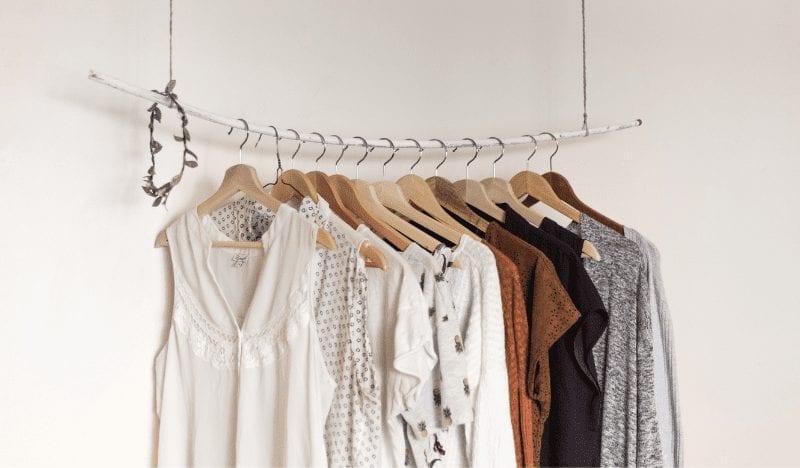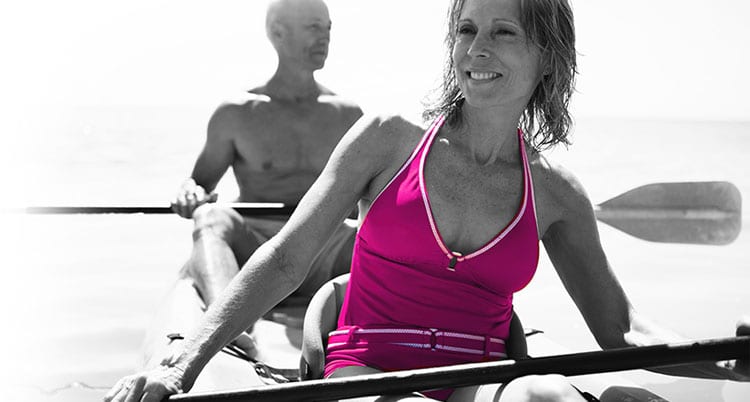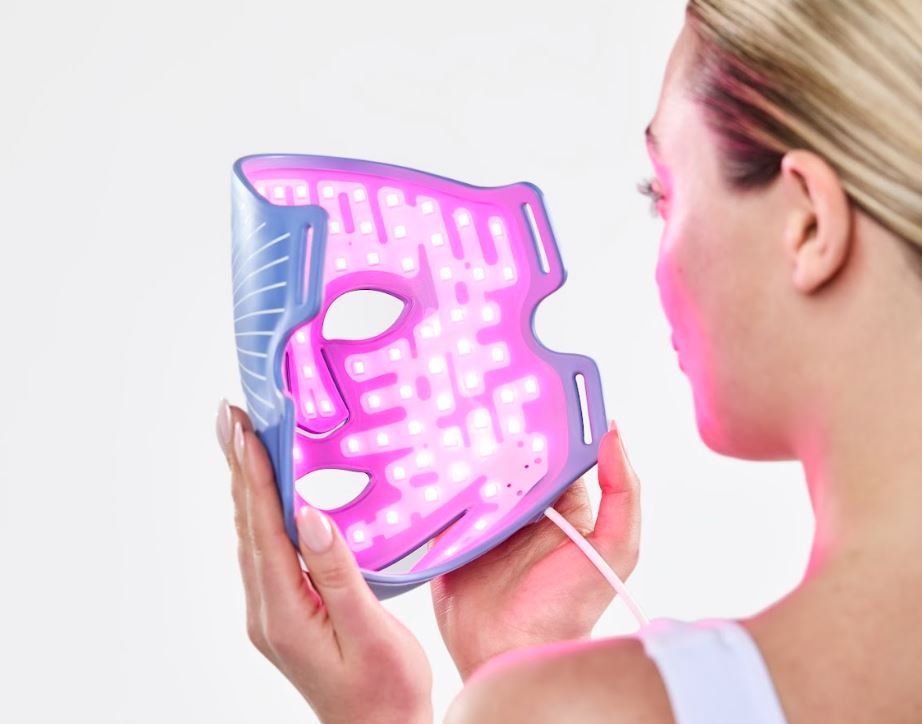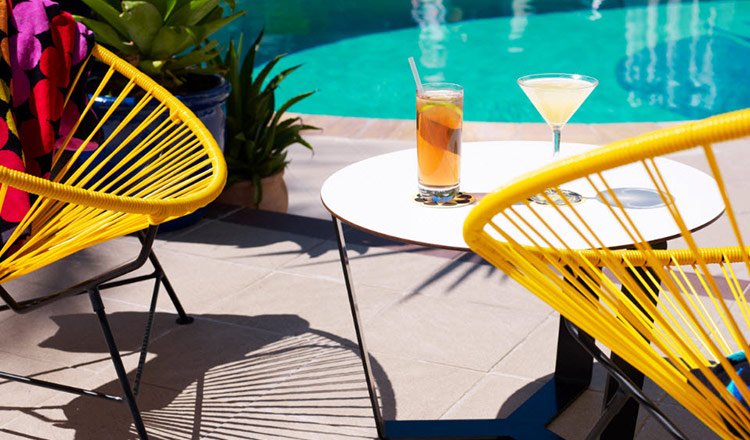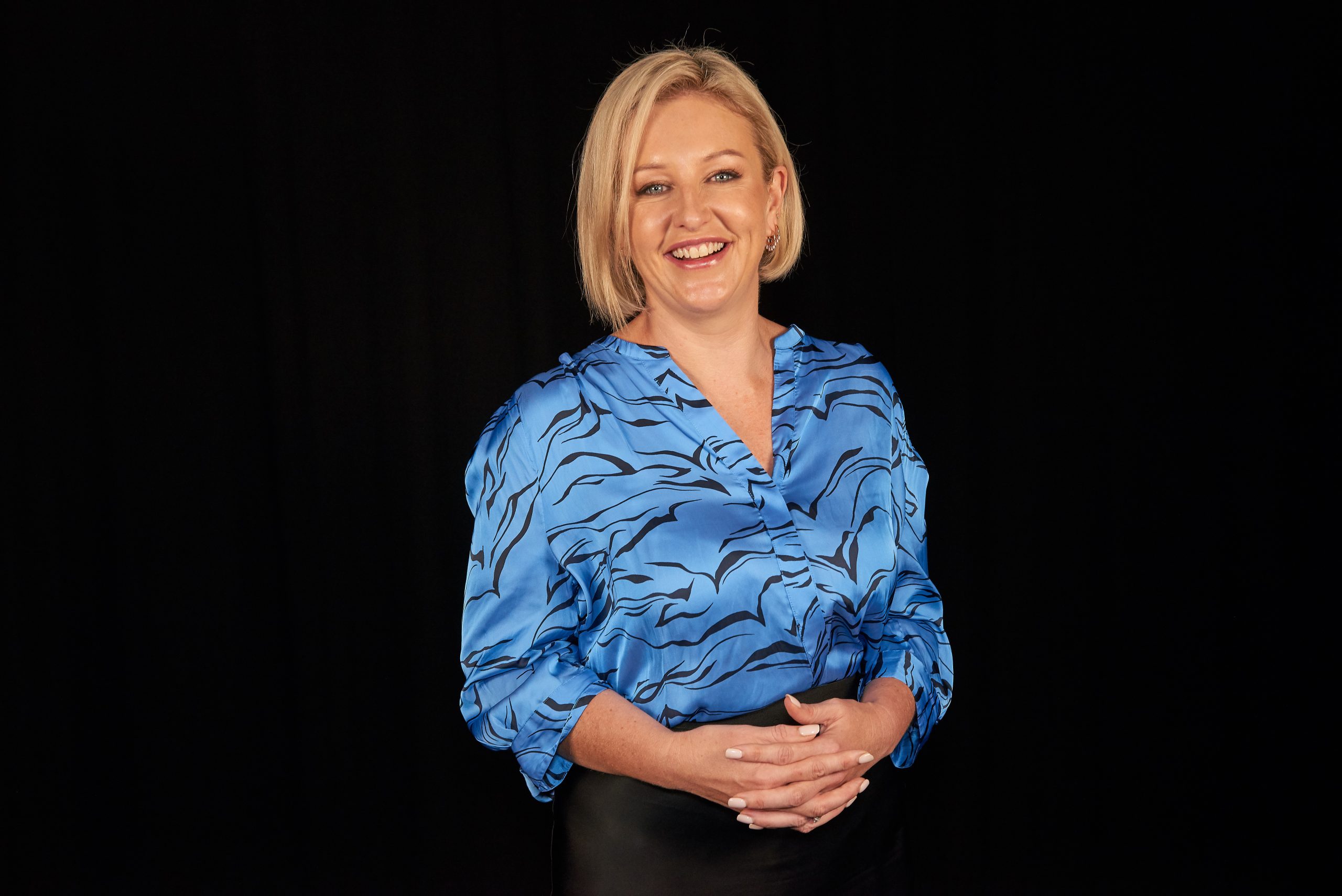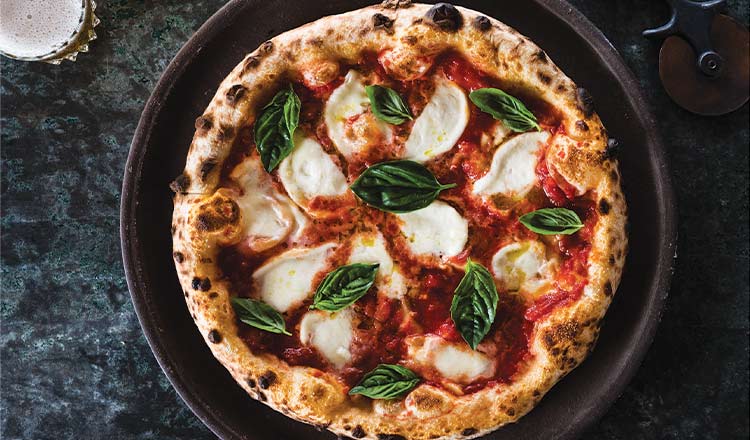Each day we…
Have over 60,000 to 80,000 thoughts.
More than 5,000 external messages flash before our eyes.
We receive over 121 emails.
And have to make up to 35,000 decisions.
Seeing these figures is enough to make anyone hyperventilate, especially given they do not take into consideration the many other responsibilities and tasks life throws our way.
It is no wonder there is an epidemic of “overwhelm” taking place in people’s lives.
For many, we have the immense responsibility of not only having to run our own lives, but the lives of our immediate and extended families.
Oh, and let’s not forget, we then have to show up to work and do what?
Lead.
Lead ourselves and our teams.
We have to lead our teams while we are stressed and our minds are cluttered. When stressed, we become more rigid. Our prefrontal cortex that is responsible for agility, emotional regulation, self-awareness and empathy goes into fight-flight mode. The outcome of this is our intuition becomes blocked or severely hindered.
Understanding that our intention is to lead with insight, inspiration and compassion, we need tools to help unlock our brains, reduce our stress and execute life and projects with insight and momentum.
Dr Rick Hanson says: “We are Teflon for good news and Velcro for bad.”
There is much science to support how we can have the most rewarding day and it only takes one minor incident and we hold on to that slightly negative experience with so much more velocity than we would a positive experience.
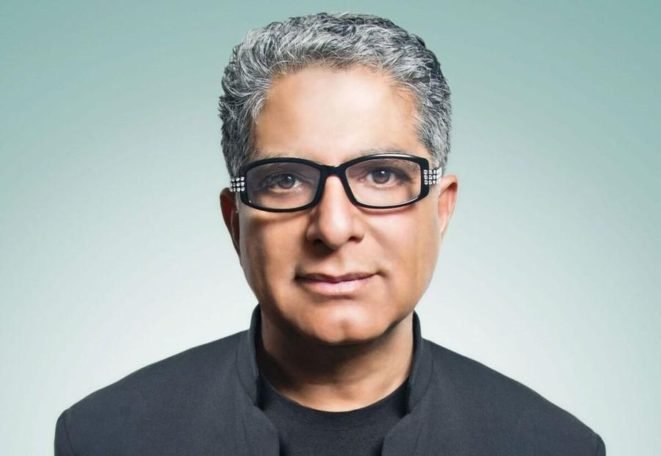
Deepak Chopra confirms this by saying that, “Although the mind is capable of creating life-affirming stories, it has what neuroscientists refer to as a negativity bias, a tendency to pay more attention to negative experiences than to positive ones”.
The great news is there is a tool that can help us unravel the stickiness of negative thought patterns, because as we know “you have to have leadership over yourself before you can lead others”.
This tool is meditation.
Understanding that your mind has this tendency towards negative biases is the first step in acknowledging the benefits meditation can play in your life. Another bit of great news is that all you need to meditate is your body and a space to sit.
So what is meditation?
Meditation is a tool that takes our minds from activity to silence. When practiced regularly, it reduces our fight-flight response and regulates our nervous system. Our fight-flight response increases our heart rate and blood pressure, creates shallow, rapid breathing, increases the production of stress hormones, decreases the levels of anti-aging hormones, increases sweating, and weakens our immunity.
When we meditate, it allows our body to rest. This is when the body heals itself. It’s a purification process. It has been scientifically proven to increase your ability to focus and pay attention.

According to Deepak, “Researchers have found, meditation can help you tap into your brain’s deepest potential to focus, learn, and adapt. While scientists used to believe that beyond a certain age, the brain couldn’t change or grow, we now know that the brain has a quality known as plasticity, enabling it to grow new neurons and transform throughout our lives. Meditation is a powerful tool for awakening new neural connections and even transforming regions of the brain.
A major study led by Harvard University and Massachusetts General Hospital found that after only eight weeks of meditation, participants experienced beneficial growth in the brain areas associated with memory, learning, empathy, self-awareness, and stress regulation (the insula, hippocampus, and prefrontal cortex). In addition, the meditators reported decreased feelings of anxiety and greater feelings of calm. This study adds to the expanding body of research about the brain’s amazing plasticity and ability to change habitual stress patterns”.
So, if you are looking to add a tool to help conquer your stress, declutter your mind and create clarity, calm and impact in your life and workplace, here are some simple steps for implementing a mantra-based meditation practice into your daily lives.
TIPS TO INCLUDE MANTRA-BASTED MEDITATION IN OUR DAILY LIVES
- Find a quiet space and let those around you know not to disturb you – turn off your phone.
- Sit upright and gently close your eyes.
- Spend the first 30 seconds relaxing into the space. Take a couple of deep breaths.
- If you do not have your own personal mantra, you can use the mantra “So Hum”. Mantras have no attached meaning. They are a useful way to focus on the breath. For the next 20 minutes, breathe in through your nose on the word “So” and out on the word “Hum” silently repeating the mantra in your head. As thoughts enter your mind, simply acknowledge them, let them bubble away and then move back to focusing on your mantra.
- When the 20 minutes is up, sit for another two minutes, letting go of the mantra and slowly move your body around, stretching in your seat. Take a few more deep breaths and then gently open your eyes.
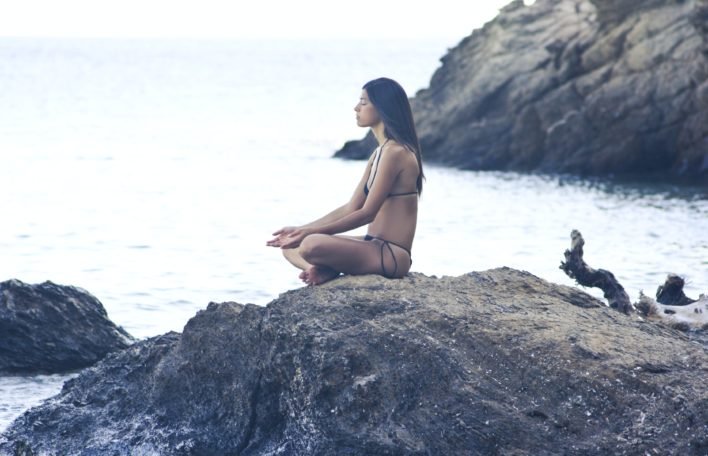
When is the best time to meditate?
The best time to meditate is when you first wake up in the morning and the world is still silent.
It is also beneficial to meditate at the end of the day. For those with full houses, know that you can meditate in your car, a spare office at work or anywhere where you feel safe to close your eyes and be in silence.
By finding 20 minutes in the morning to practice meditation, it will help your mind clear the debris and set the tone for your day. Introducing a second session to bookend your day helps release the day’s stresses from your system.
There are many different styles of meditation. The technique I am referring to here is a mantra-based meditation based on ancient Vedic traditions. There are also many meditation apps that you can download to help you with the timing.
Meditation is prolifically being used as a high performance and stress management tool for executives, sportspeople, students, teachers and entertainers. Its benefits are well documented and is now becoming as rudimentary in its recommendation for wellbeing as running, good nutrition and regular health checks.
The Carousel would like to thank Leora Givoni for her article.





